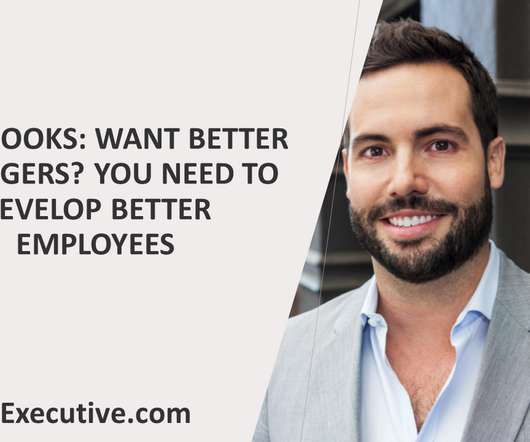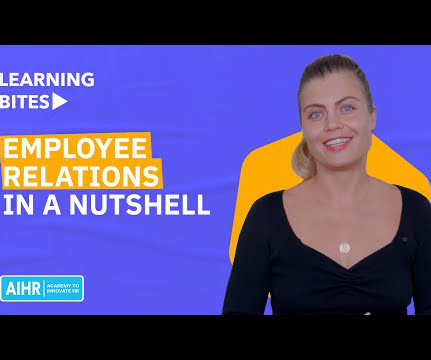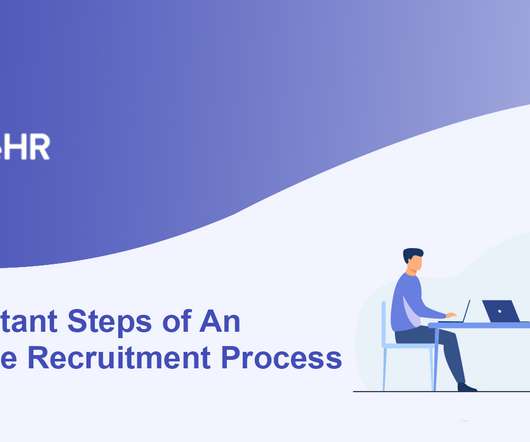Brooks: Want better managers? You need to develop better employees
HRExecutive
AUGUST 16, 2021
HR leaders have a lot of angst about their managers, and whenever I speak to them in sales conversations, at industry events or even in a coaching dynamic, I can feel the frustration in their voices. In order to make better managers, we must have employees meet them halfway. This is a relationship, after all! Click here to register.
















Let's personalize your content